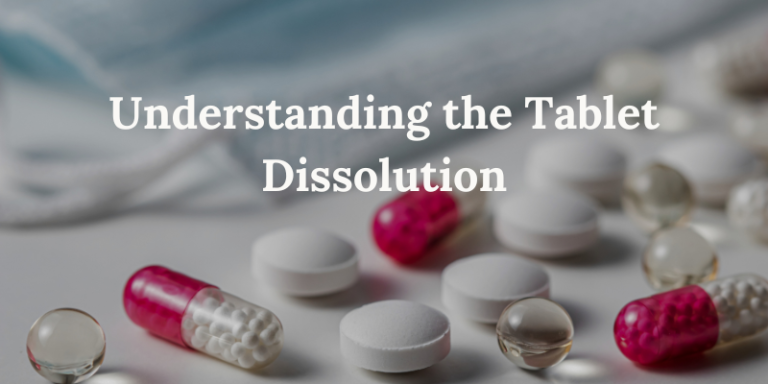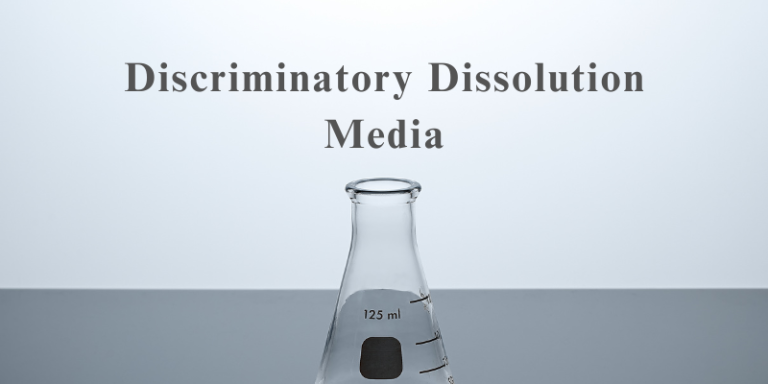The Critical Link Between Dissolution Profiles and Pharmacokinetics
In pharmaceutical development, a drug’s success depends not only on its formulation but also on how efficiently it reaches the bloodstream. One of the most critical yet often overlooked factors? Dissolution testing and its direct impact on pharmacokinetics (PK).
What’s a Dissolution Profile?
Dissolution testing simulates how a tablet releases its active ingredient in the body, measuring the rate and extent of drug dissolution (e.g., 30% in 5 minutes, 95% in 30 minutes). This helps ensure batch-to-batch consistency and predicts how the drug will behave once administered.
Pharmacokinetics explores how a drug moves through the body:
- Absorption: A slow-dissolving tablet may lead to incomplete absorption.
- Peak Concentration (Cₘₐₓ): Faster dissolution can lead to a higher peak drug level, influencing efficacy and safety.
- Time to Peak (Tₘₐₓ): Slower dissolution can delay therapeutic action.
- Bioavailability (AUC): Poor dissolution may result in lower drug exposure, affecting treatment outcomes.
- Example: A tablet with 95% dissolution in 30 minutes ensures rapid absorption, leading to:
- Tₘₐₓ achieved within the expected timeframe for optimal therapeutic effect.
- AUC high enough to maintain efficacy without frequent dosing.
If dissolution were slower (e.g., 50% in 30 minutes), the drug might require higher or more frequent doses, increasing costs and side effects.
The Role of Discriminatory Dissolution Profiles
- A discriminatory dissolution method is designed to detect meaningful differences in drug release due to changes in formulation, manufacturing processes, or storage conditions.
How It Affects PK?
Formulation Changes:
- A change in excipients may slow dissolution, delaying Tₘₐₓ and lowering Cₘₐₓ, potentially reducing efficacy.
Generic Bioequivalence:
- A generic version must match the reference drug’s dissolution profile to ensure similar PK performance. Even slight variations can impact bioavailability.
Controlled-Release Products:
- In extended-release formulations, deviations in dissolution profiles can cause unintended “dose dumping” (high Cₘₐₓ) or suboptimal drug release, affecting safety and efficacy.
Real-World Implications
- Generic Drugs: Even minor dissolution differences can impact therapeutic equivalence.
- Formulation Strategy: For poorly soluble drugs, improving dissolution (e.g., via solid dispersions) enhances bioavailability.
- Therapeutic Outcomes: Rapid dissolution benefits acute treatments, while controlled dissolution maintains steady drug levels for chronic conditions.
Why It Matters?
- For R&D Teams: Optimizing dissolution early prevents late-stage failures.
- For Quality Teams: Consistency in dissolution ensures predictable patient outcomes.
- For Clinicians: Understanding PK helps explain variability in drug response, especially with generics.

Read also:
- Key Elements of Bioequivalence Study Strategy
- Identifying Discriminatory Media and Its Role in Biopharmaceutical Studies
Resource Person: Jamal Jameel




